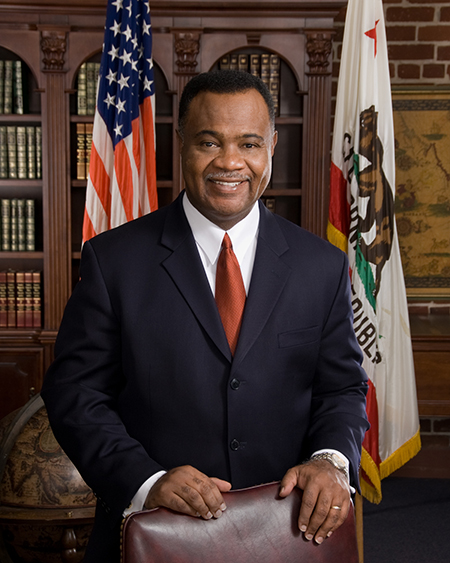California State Board of Equalization (BOE) Chairman Jerome E. Horton recently announced gasoline consumption in the state rose 2.4 percent during fiscal year (FY) 2014-15, the largest yearly increase since FY 03-04 (increase of 2.6 percent). The rise in fuel consumption signals a strengthening California economy, with cheaper gas prices encouraging more vehicle travel.
“The increase in gasoline consumption is consistent with California’s dip in unemployment to 5.7 percent in 2015 and demonstrates that lower gasoline prices are good for the economy and family road trips,” said Chairman Horton.
Californians consumed 14.921 billion gallons of gasoline in FY 14-15, a 2.4 percent increase from 14.574 billion in FY 13-14. California’s average price of gasoline during FY 14-15 was $3.42 per gallon, a decline of 12.8 percent from the average price of gasoline of $3.92 in FY 13-14. Diesel consumption rose 2.5 percent during FY 14-15, following a 3.5 percent jump in FY 13-14.
Fiscal year gasoline consumption data is calculated from July 1, 2014 – June 30, 2015. The trend of rising gasoline consumption continued into the third quarter of 2015 (July – September), increasing 2.7 percent from the third quarter of 2014. Third quarter diesel consumption rose 1.3 percent.
In FY 14-15, BOE gasoline revenue estimates for sales and use taxes and excise taxes came in at $1.470 billion for sales and use tax and $5.371 billion for excise tax, while BOE estimates for diesel revenue for sales and use taxes, and excise taxes were $830.2 million and $357.7 million respectively.
Employment and Economic Factors
After taking a significant recession-era hit, California’s economy has bounced back up to the seventh largest in the world as the state’s gross domestic product reached $2.3 trillion in 2014, according to the U.S. Bureau of Economic Analysis (June 2015). Despite the ongoing drought, the agricultural sector grew in 2014 as well as economic growth in fields spanning information technology consulting to construction-related engineering, architecture, and manufacturing.
More Californians are finding employment and driving to work, according to BOE’s chief economist. In California, non-agricultural employment rose 3.0% in the third quarter of 2015 compared to the 2014 third quarter, according to the Employment Development Department.
Fast Facts – Gasoline and Travel
Gasoline Taxes – where does your money go? The 2.25 percent sales tax rate on gasoline primarily funds local government; the excise tax is dedicated to public roads and mass transit. For more fuel statistics, including taxable gallon distributions and revenue, visit the OPEN BOE data portal.
Board’s Role: State law mandates the Board to set the excise tax rate for gasoline by March 1 of each year. The Board voted unanimously on February 24, 2015, to lower the excise tax rate for gasoline by $0.06 for FY 2015-16. The excise tax rate of $0.30 per gallon for gasoline became effective July 1, 2015, and will remain in effect until June 30, 2016.
There are approximately 33 million registered vehicles in California with 23 million licensed drivers. (www.dmv.ca.gov)



